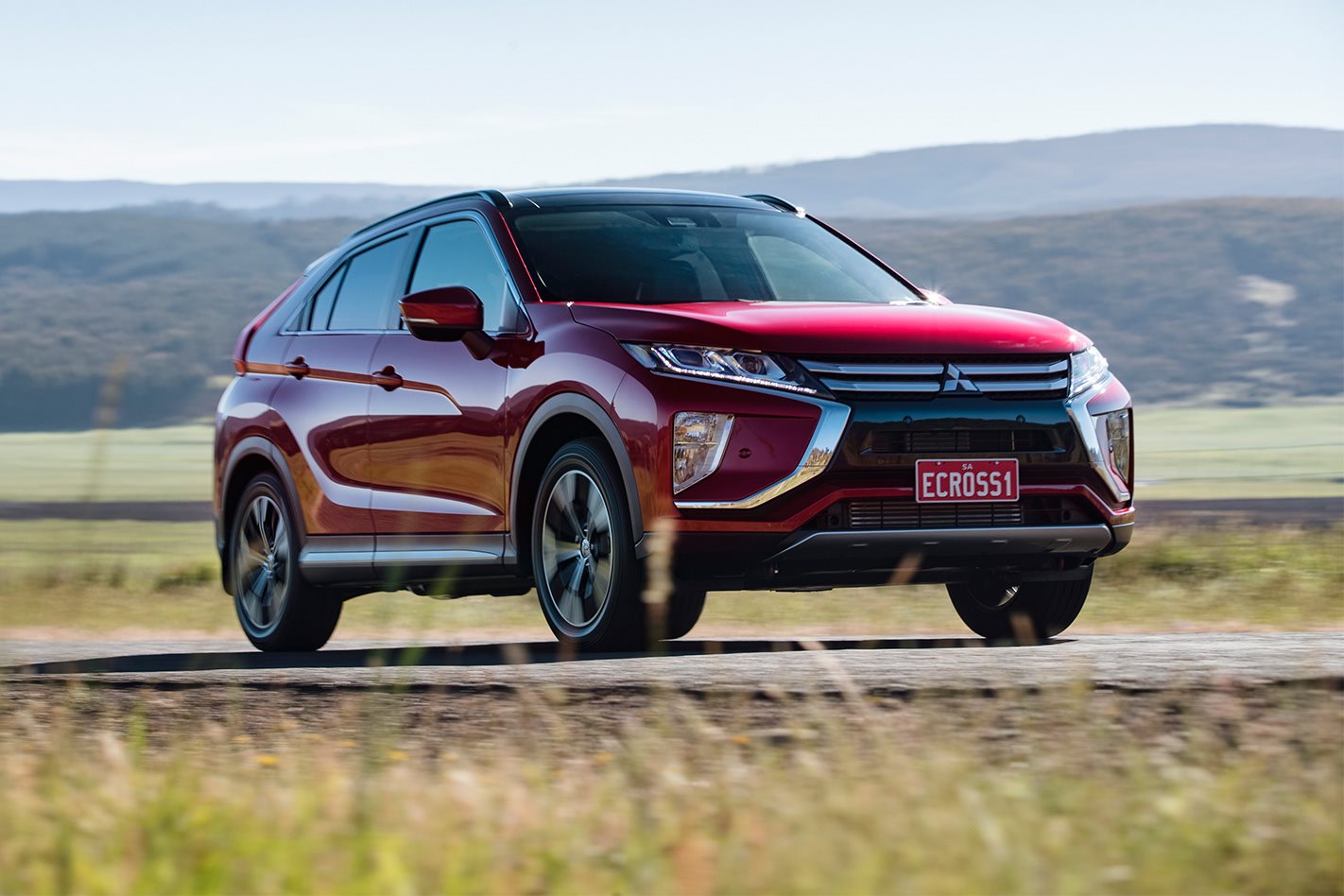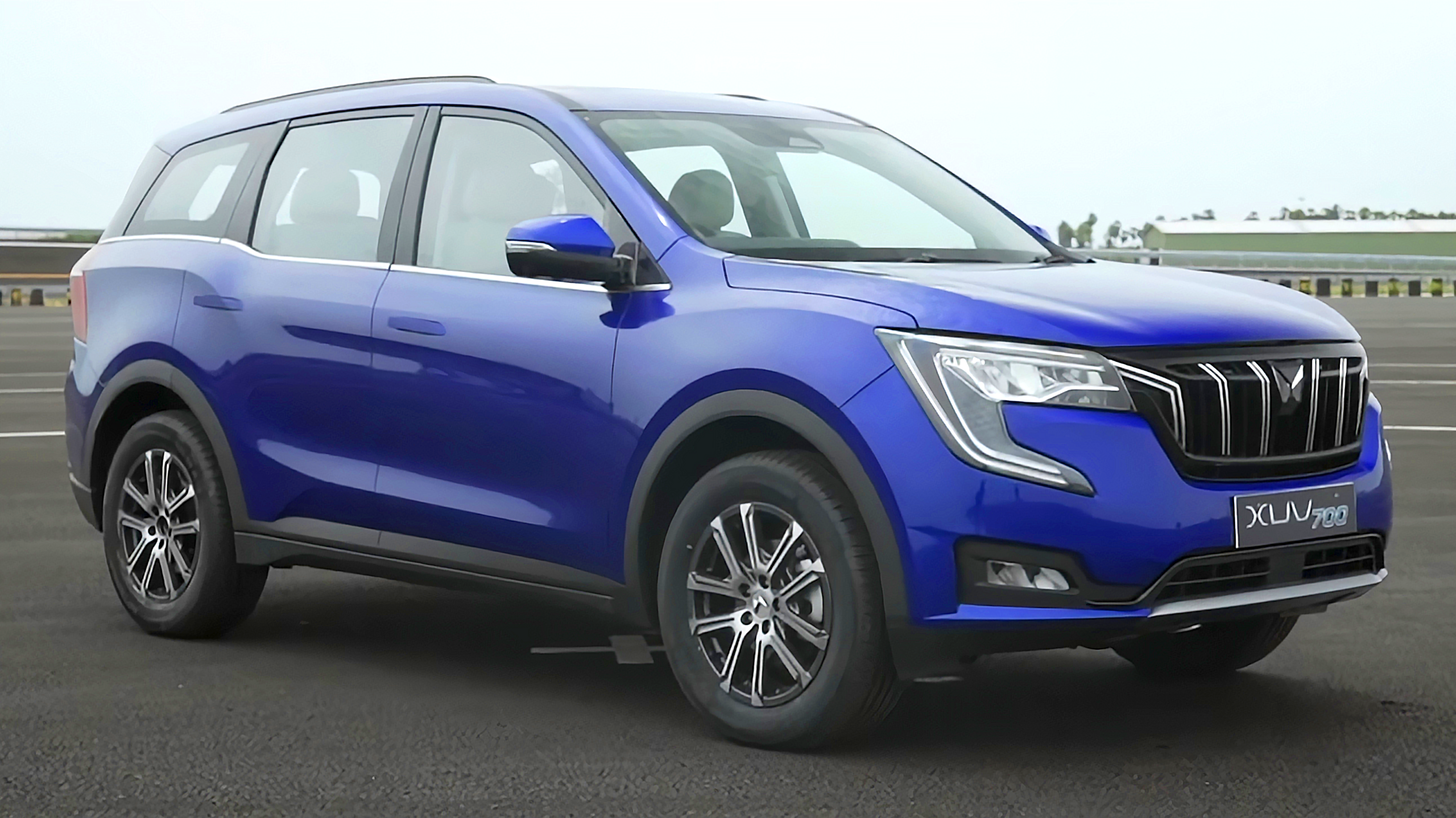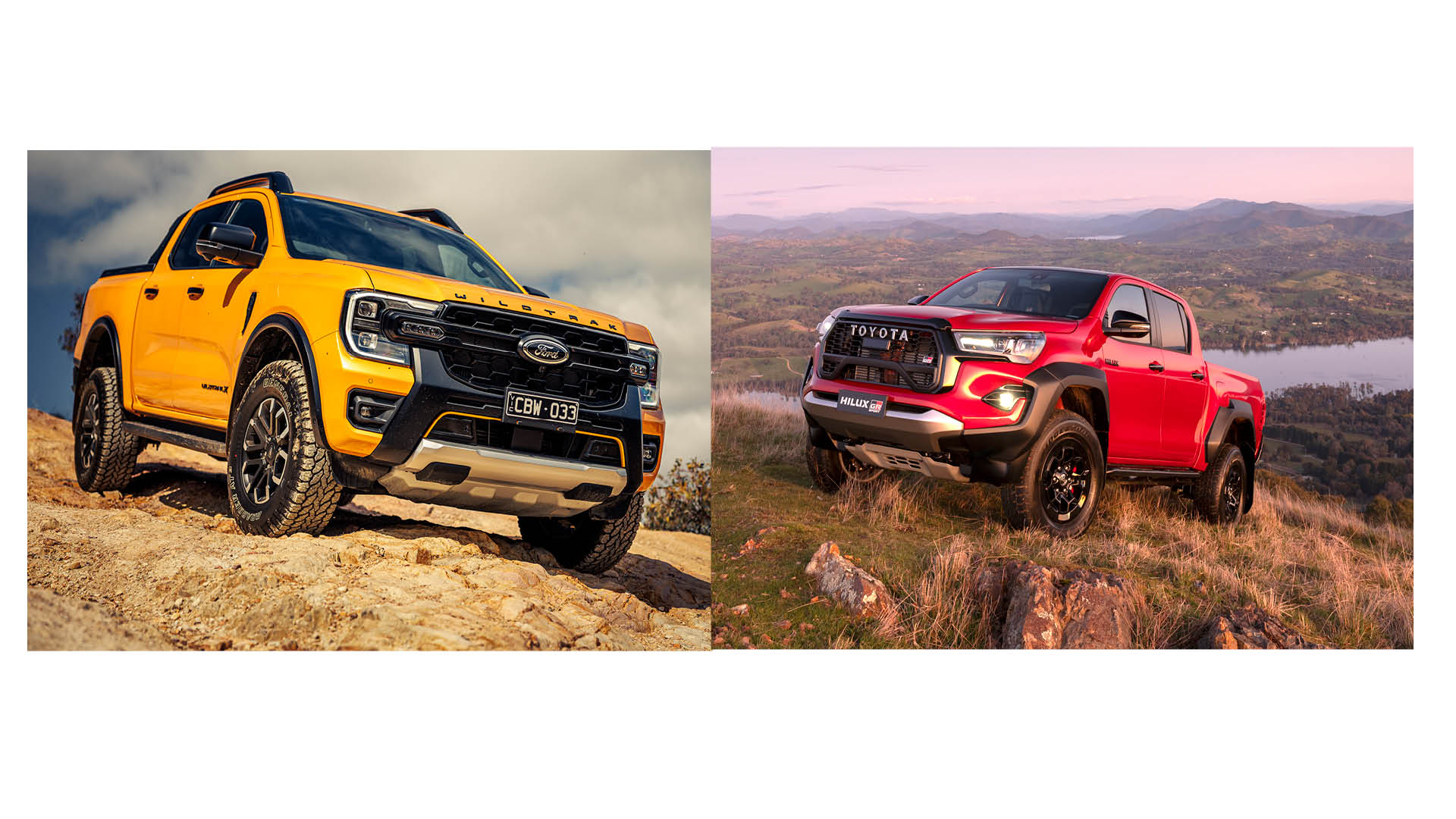WHAT IS IT?
A design-driven compact SUV that’s slightly larger than some segment rivals, and likely to tempt a chunk of Mitsubishi’s showroom traffic away from the ageing (but still strong-selling) ASX.
WHY ARE WE DRIVING IT?
The Eclipse Cross debuts Mitsubishi’s new 1.5-litre turbo four, and the company claims its CVT overcomes a number of shortfalls inherent to the design. Plus we never say no to an opportunity to drive on Tasmanian roads.
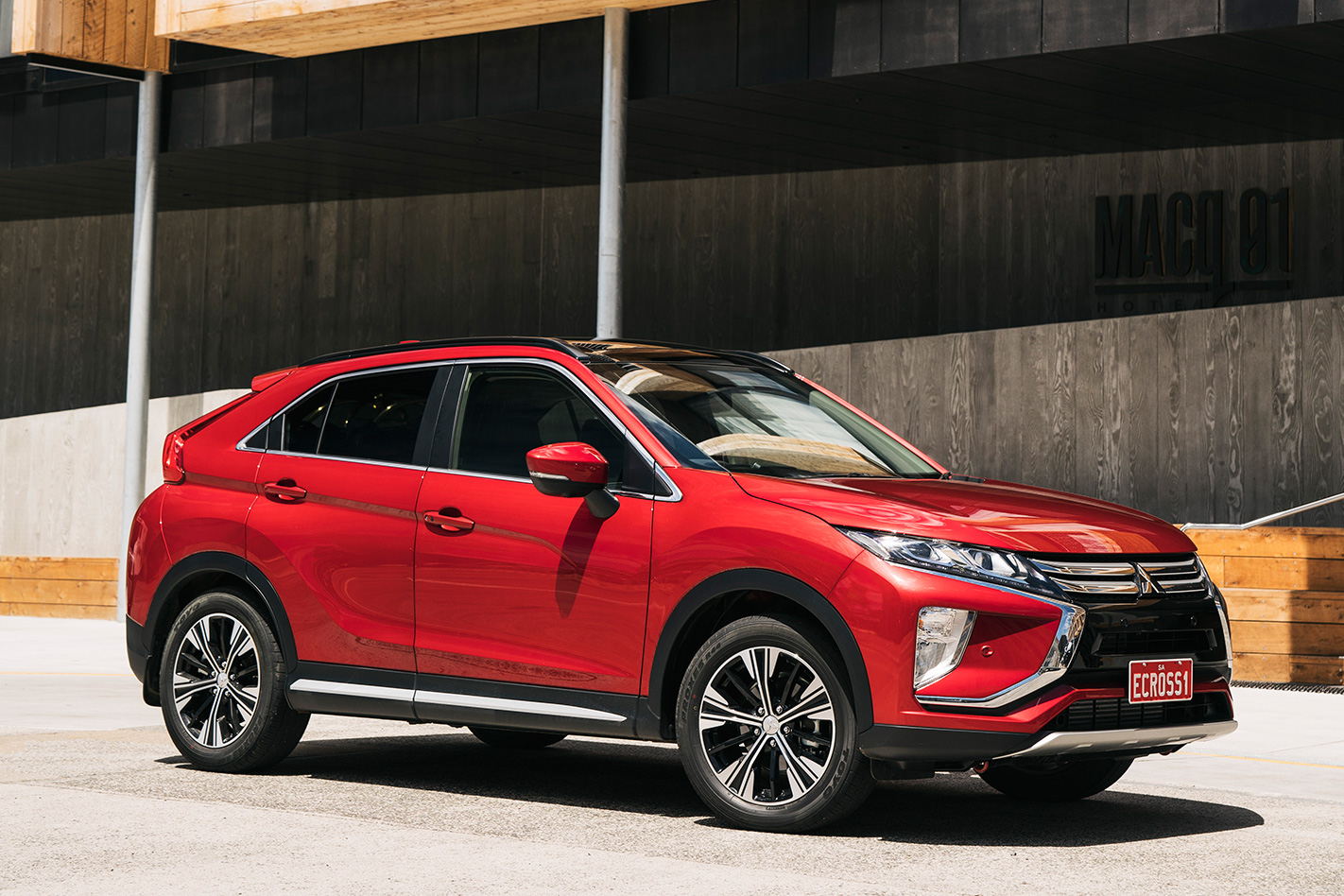
Nissan Qashqai; Holden Trax; Hyundai Kona, Honda HR-V; Mazda CX-3, Subaru XV, Toyota C-HR
THE WHEELS VERDICT
The Mitsubishi Eclipse Cross doesn’t set any high-water marks, but in a segment not exactly bursting with brilliance, it arguably doesn’t need to. The focus on urban driveability, packaging, connectivity and equipment will be ample for it to find an audience.
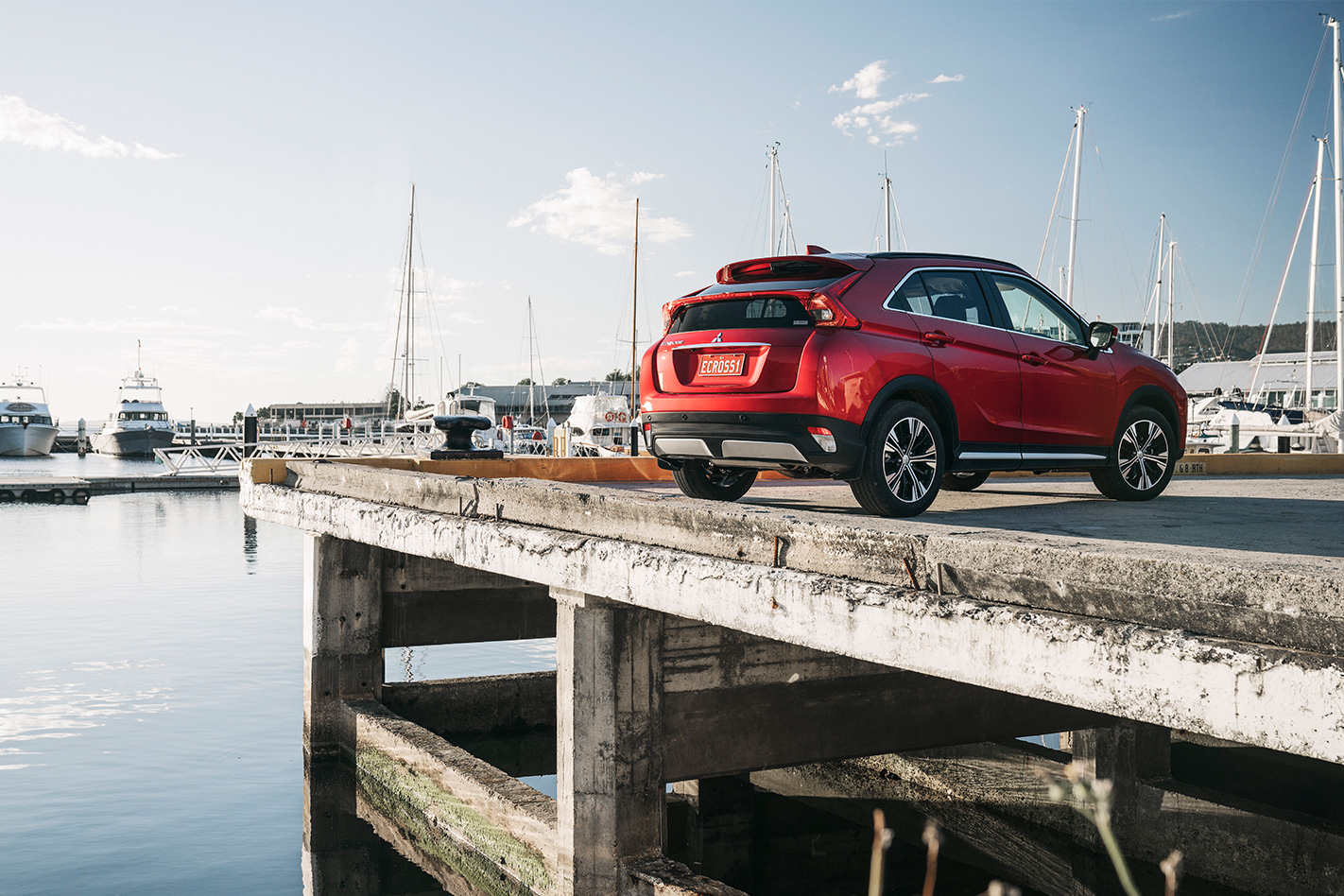
MINUS: Not quick; mute steering; high-speed damping; rear vision
THE WHEELS REVIEW
NO ONE ever said mediocrity had to be an impediment to prosperity. Well, at least no one at Mitsubishi ever said it. There’s not a standout performer or Wheels comparo winner in Mitsu’s now-eight-strong model range, yet the company finished 2017 in fifth position on the sales chart, ahead of Ford. The raucous, pensionable ASX compact SUV is regularly the seventh or eighth best-selling passenger vehicle in the country. Clearly buyers in the SUV market have priorities that hinge on attributes not necessarily connected to dynamics, performance or refinement.
All of which bodes well for Mitsu’s latest addition to its SUV line-up. The Eclipse Cross squeezes into the line-up between the ASX and Outlander; a more design-led alternative to the former; more compact and affordable than the latter. It’s no gifted athlete, but it does get enough of the fundamentals right and has sufficient showroom sheen to elevate it above mediocrity.

The Eclipse Cross lands early scoring shots for design, packaging and presentation. The coupe-esque profile and sloping roofline doesn’t unduly compromise rear headroom, while the rear bench slides fore and aft by 200mm and offers useful backrest rake adjustment. Three mid-teens across the back will just about fit, and three heads back there will distract you from the fact that the rear vision is compromised by the split-glass design of the tailgate.
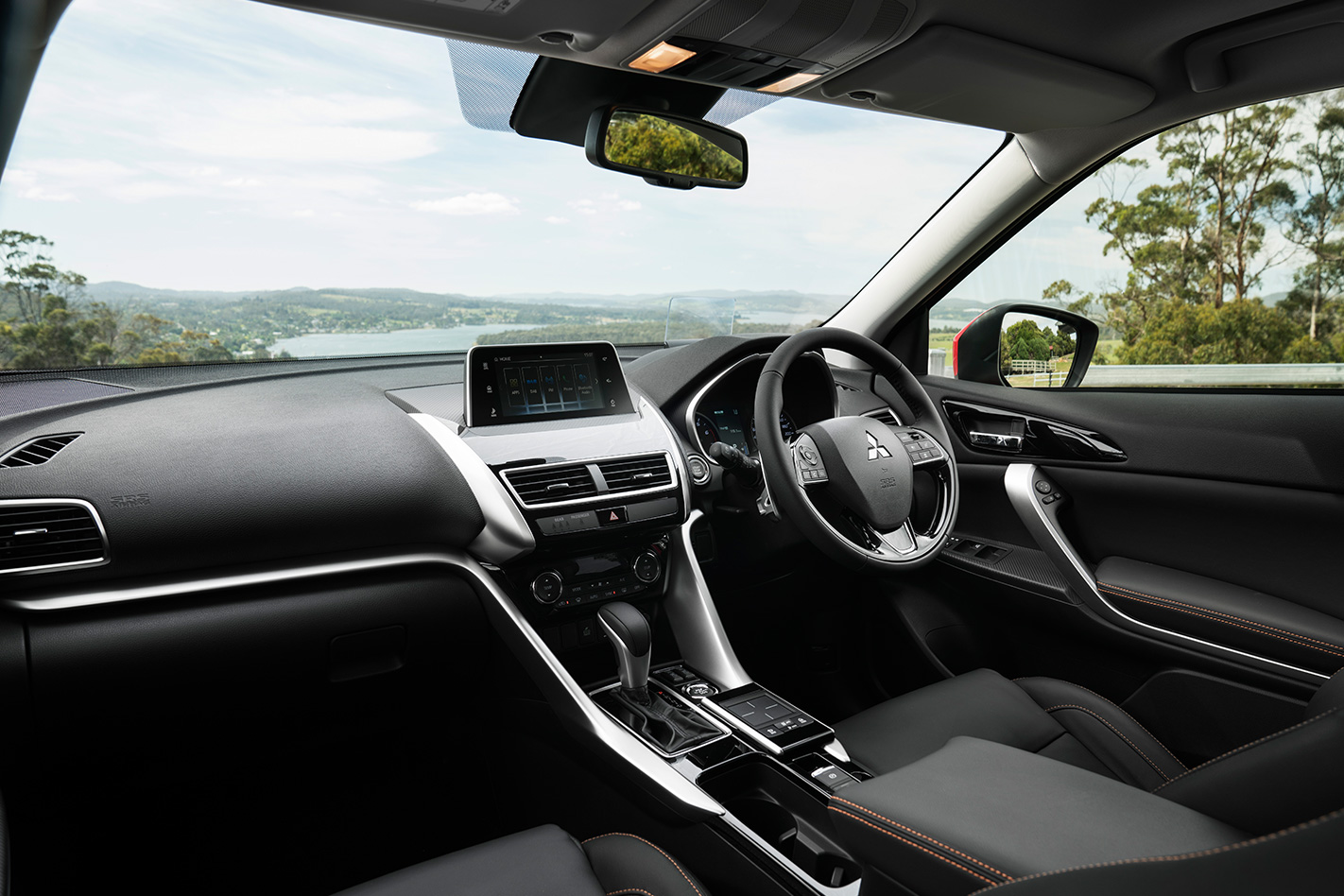
More credits quickly amass when sampling the engine for the first time in urban driving. This is Mitsu’s debut installation of the new 1.5 turbo, and it’s a decent little unit. The tune sensibly favours torque, rather than power – Honda’s same-size turbo four in the larger CR-V makes an additional 30kW – but the Mitsu mill boosts up early, delivers a mostly satisfying swell in the midrange, and remains unobtrusive until wrung past 5500rpm. The target market won’t go there, and neither did we, much, as power trails off quickly in the last 500rpm before the 6000rpm redline.
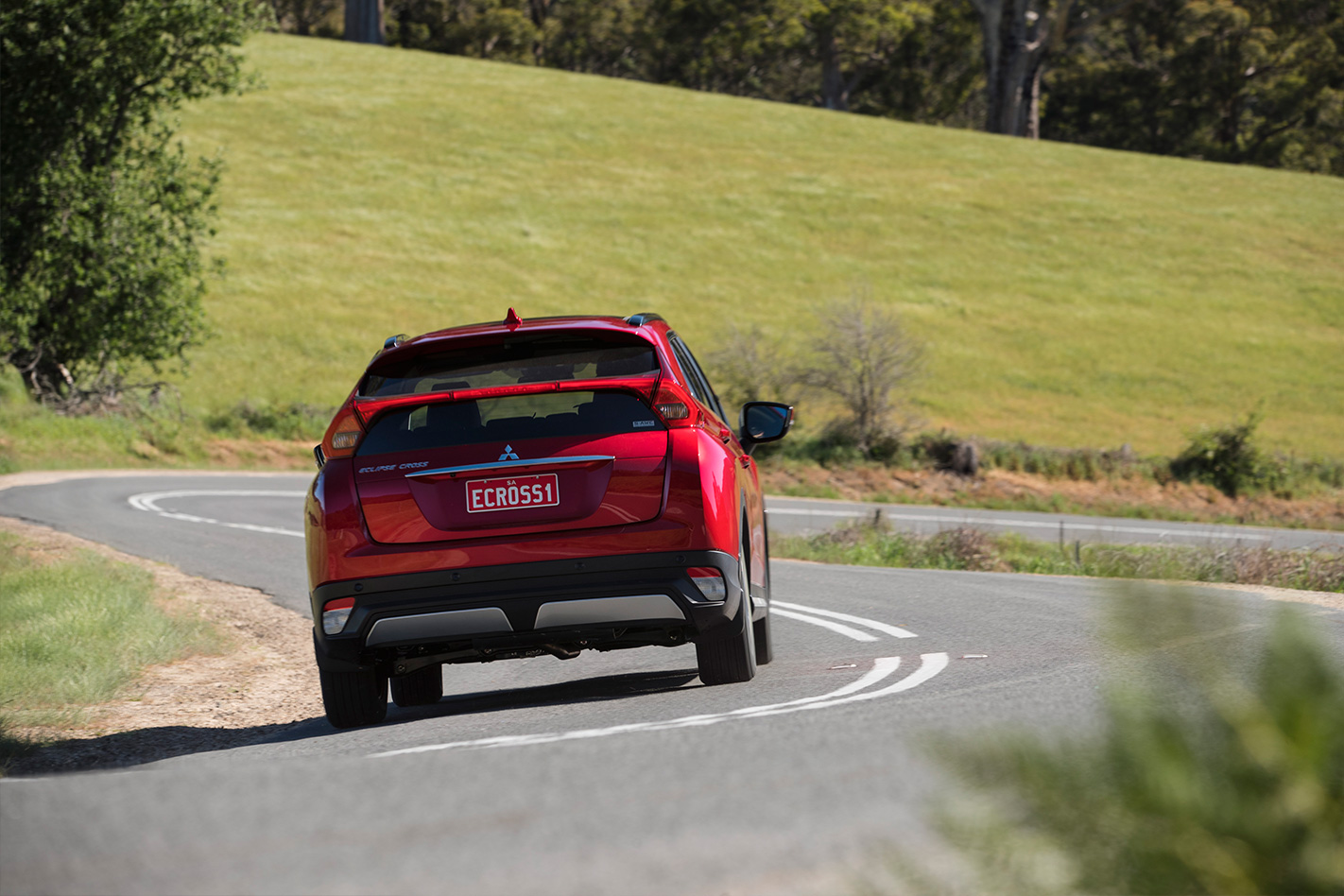
Claimed consumption is 7.3L/100km; we saw an indicated 10.8 over 500km of fairly vigorous driving. Overall, it’s a powertrain that easily has the measure of the atmo offerings in rivals such as the Nissan Qashqai and Honda HR-V.
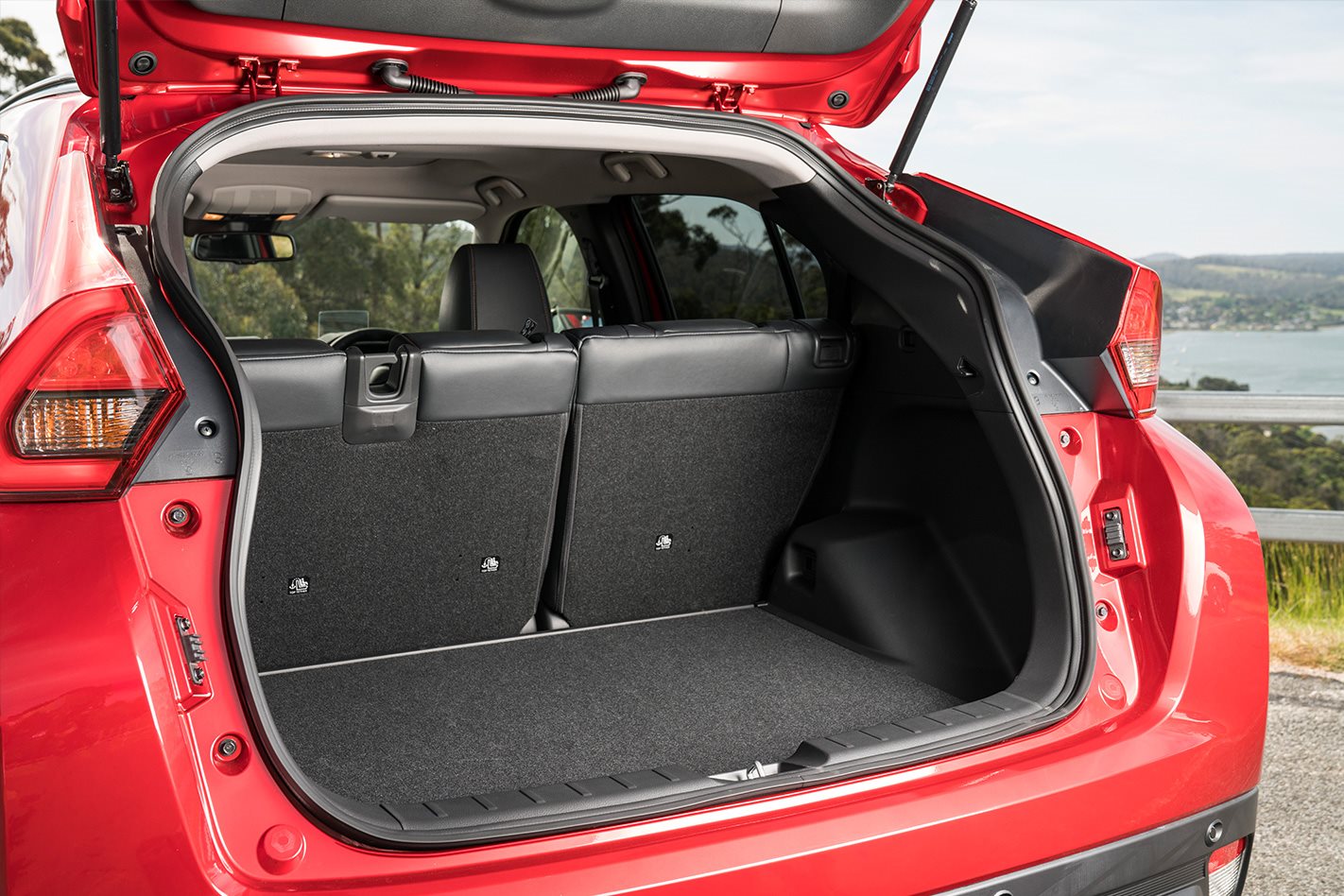
But will anyone know … or care? Of course not. The equipment level, even at the LS entry point, is high, the safety story strong in Exceed, the connectivity boxes ticked. Teamed with the rakish, slightly blinged-‘n’-creased styling, requisite elevated driving position and the option of all-wheel drive for a reasonable premium, and it’s quickly evident there’s nothing mediocre or ill-considered about Mitsu’s business plan.

SPECS
Model: Mitsubishi Eclipse Cross Exceed 2WD Engine: 1499cc inline 4cyl, dohc, 16v, turbo Max power: 110kW @ 5700-6700rpm Max torque: 250Nm @ 2000-3500rpm Transmission: CVT Weight: 1490kg 0-100km/h: 9.0sec (claimed) Economy: 7.3L/100km Price: $36,000 On sale: Now


